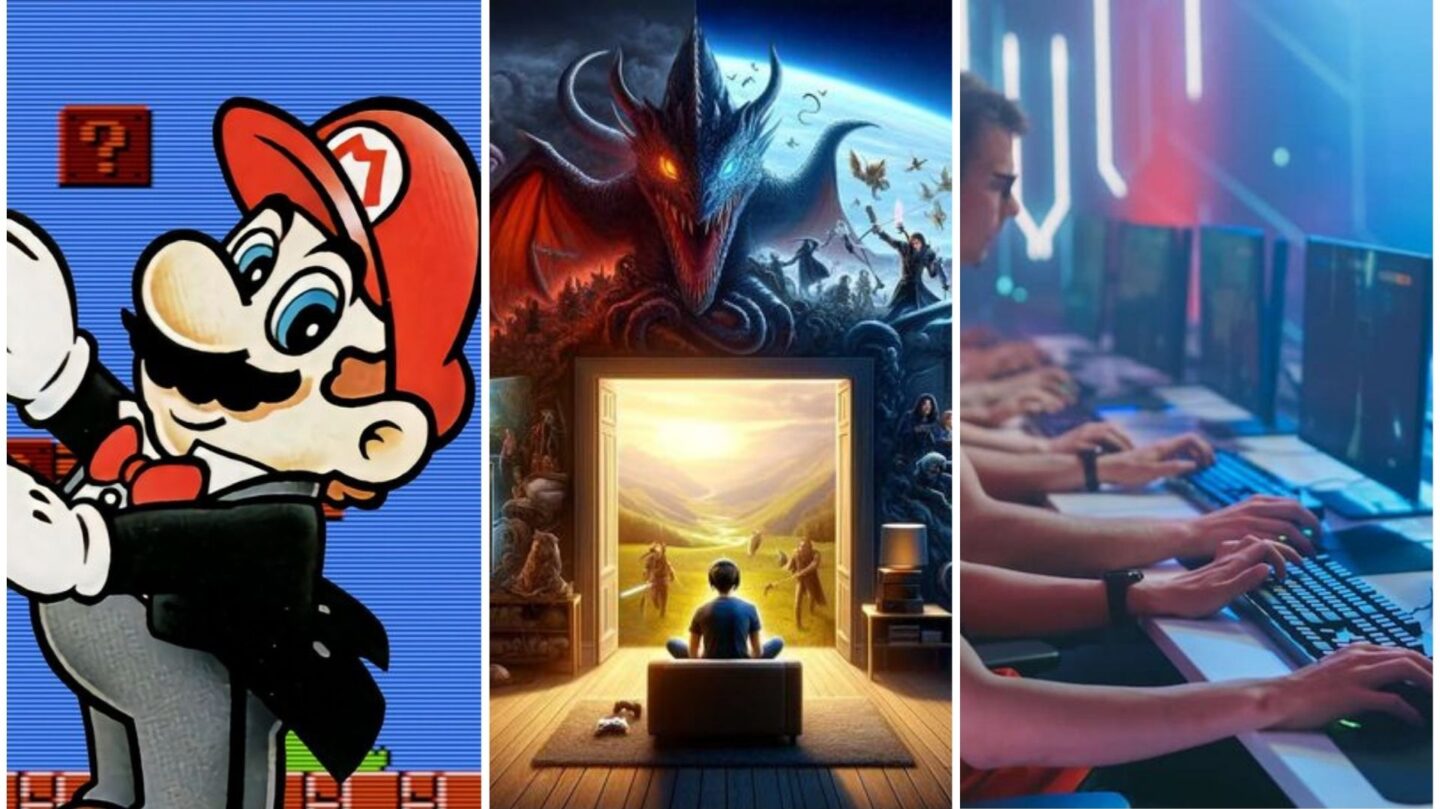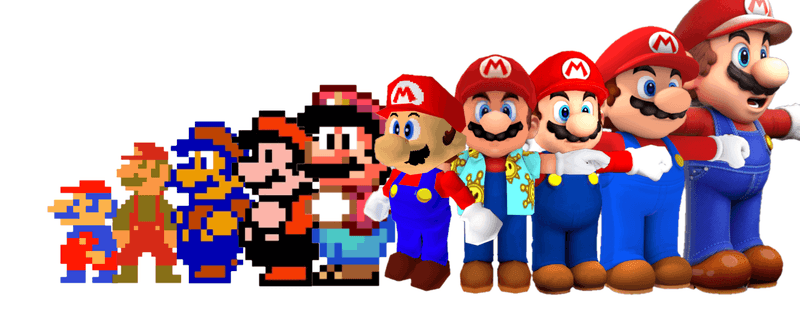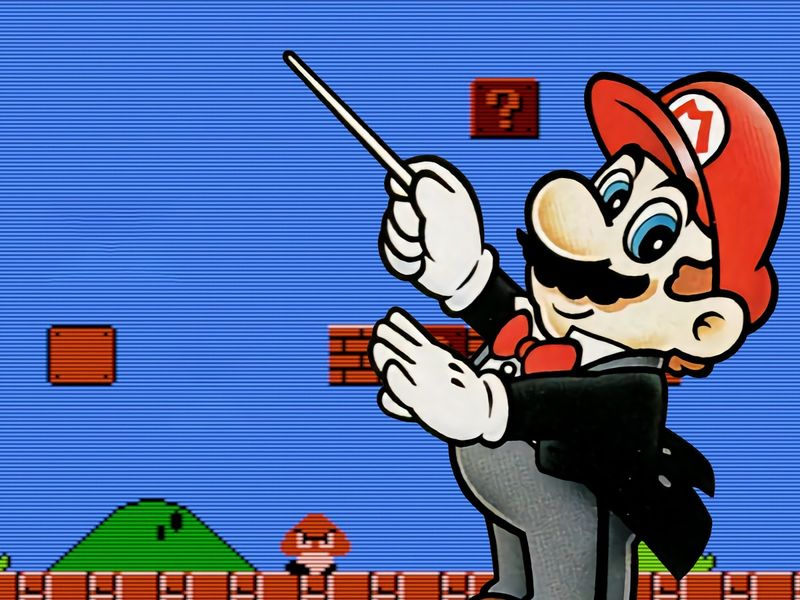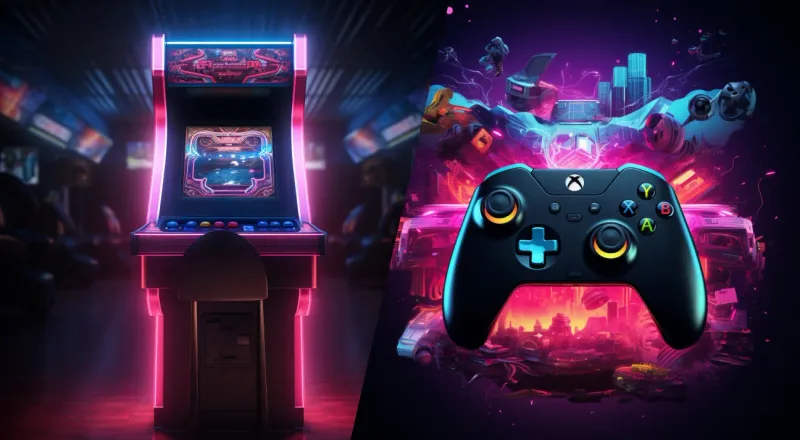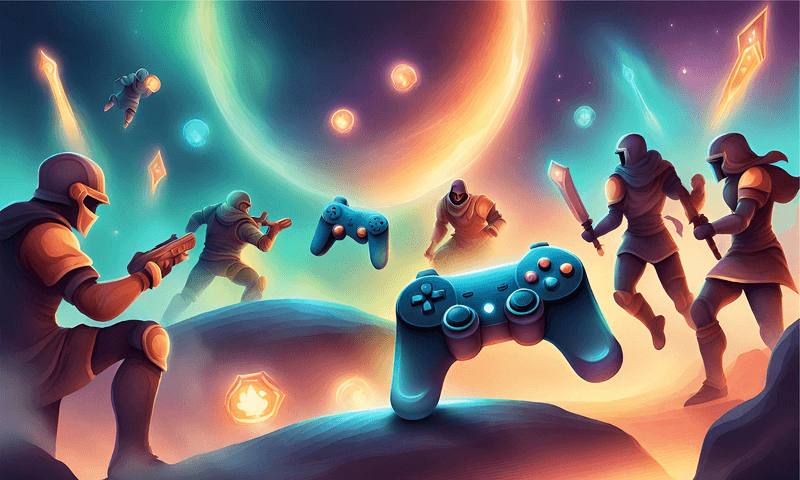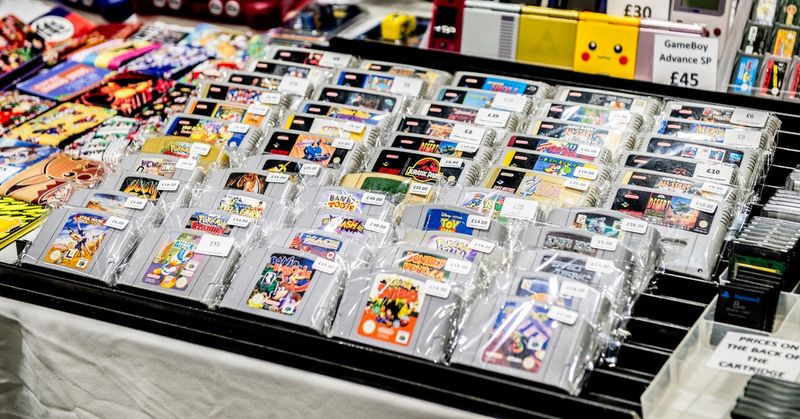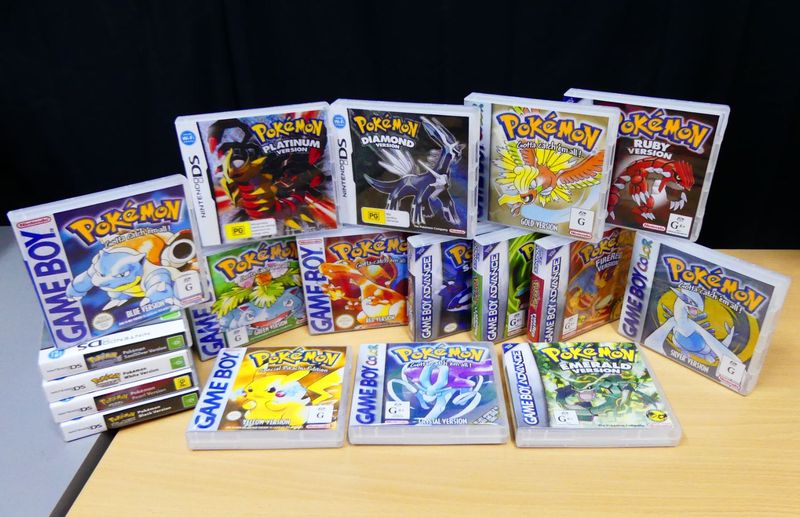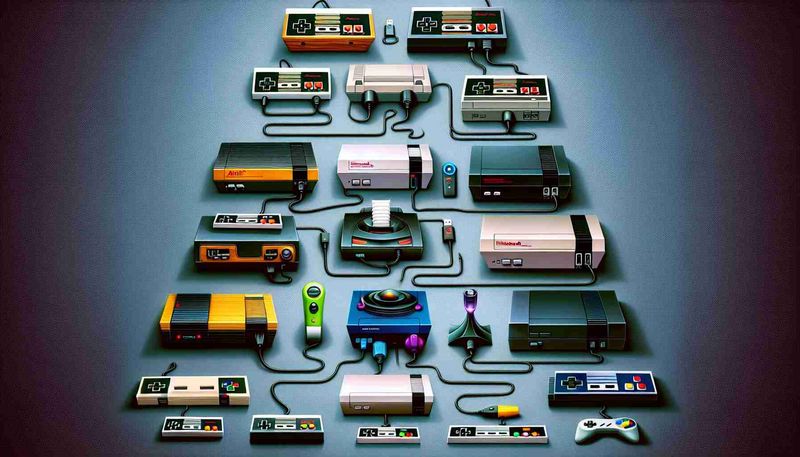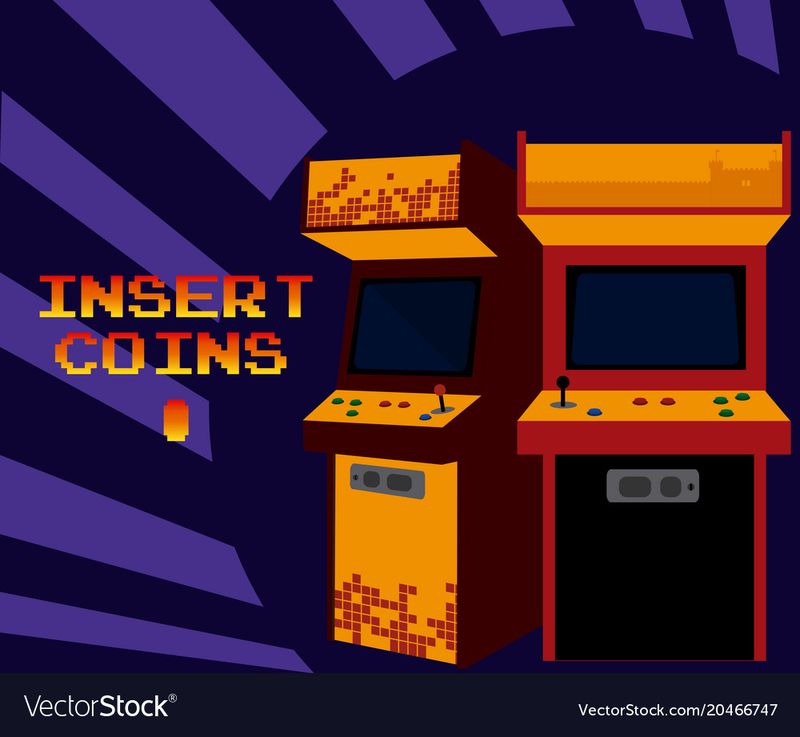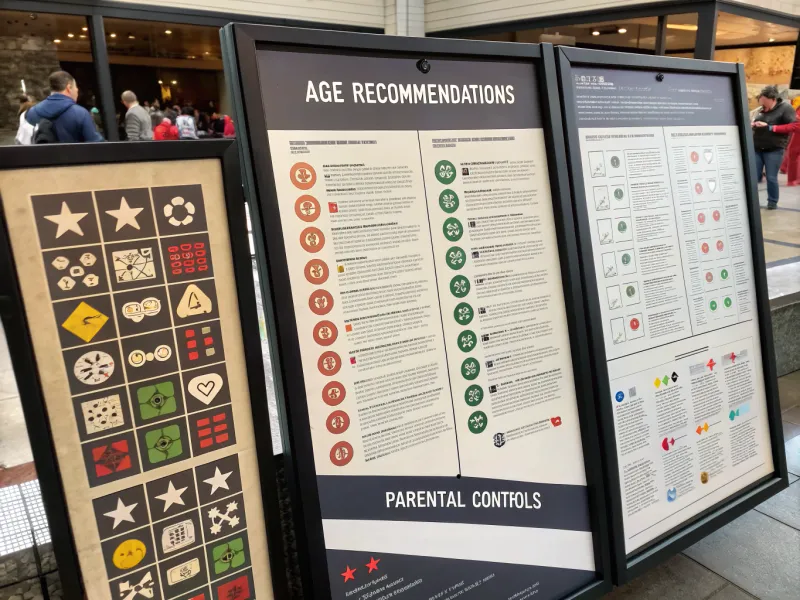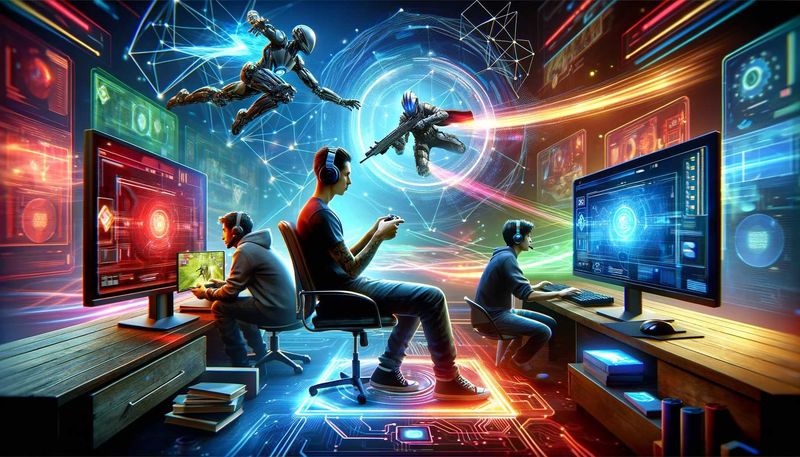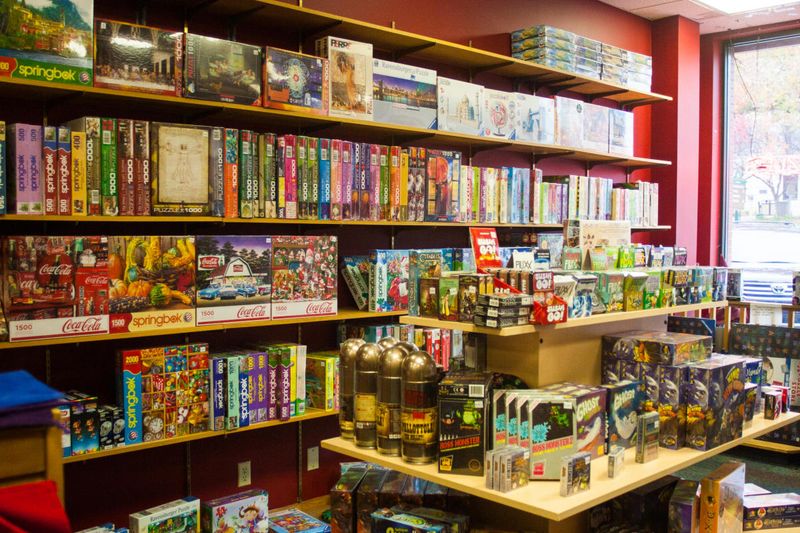The landscape of video gaming has transformed dramatically since the 1980s. From pixelated graphics to immersive virtual worlds, the journey has been nothing short of revolutionary. In this blog post, we’ll explore the 18 key differences between video games from the 80s and modern gaming.
This exploration will delve into technological advancements, gameplay complexity, social aspects, and much more, providing insights into how far the gaming industry has come.
1. Graphics Evolution
In the 1980s, video game graphics were limited to pixelated 2D visuals, often with a very basic color palette and simple animations. These graphics were charmingly retro but lacked the sophistication we see today. Fast-forward to modern gaming, and the visuals have evolved into stunning, lifelike 3D environments. Modern graphics boast high-resolution textures, realistic lighting, and detailed character models. These advancements create immersive experiences that were unimaginable in the 80s. The transition from pixels to photorealism illustrates the remarkable progress in graphic technology over the decades.
2. Sound and Music
The soundtracks of 80s games were primarily composed of chiptunes, which were simple, catchy, and often repetitive. These tunes, produced by sound chips, became iconic and nostalgic for many. In contrast, today’s games feature full orchestral scores and professional voice acting, adding depth and emotion to the gameplay. The evolution from chiptune to orchestral music highlights how sound design has become an integral part of the gaming experience, enhancing emotional engagement and storytelling.
3. Gameplay Complexity
Games in the 80s were straightforward and often focused on high scores or simple objectives. They usually involved repetitive tasks with minimal narrative. Modern games, however, offer complex storylines, intricate gameplay mechanics, and multiple objectives. They’ve evolved into rich narratives with decision-making, character development, and expansive worlds. This shift towards complexity provides deeper engagement and varied experiences, contrasting sharply with the simplicity of 80s games.
4. Multiplayer Experience
Multiplayer in the 80s was mostly local, requiring players to be physically present at arcades or sharing a console. This fostered social interaction but was limited by location. Today, online multiplayer connects players worldwide, allowing collaboration and competition on a global scale. This evolution expands social connectivity and interaction, making gaming a worldwide community affair. The transition from local to online multiplayer reflects the broader social integration of modern gaming.
5. Availability and Access
In the 80s, obtaining games often meant visiting physical stores or arcades, with limited selections based on location. The digital revolution has made games universally accessible through online stores, offering vast libraries at gamers’ fingertips. This shift has democratized access to gaming, allowing instant purchases and downloads. The convenience and availability of modern gaming contrast with the somewhat restricted access of the past, reflecting a major change in how games are distributed and consumed.
6. Game Genres Diversity
The 80s gaming scene was dominated by arcade-style games, platformers, and shooters, with limited genre variety. Modern gaming encompasses a vast array of genres including RPGs, MOBAs, and indie games, catering to diverse tastes. This diversification allows players to explore niche interests and unique storytelling. The expansion from classic to contemporary genres demonstrates the creative growth within the industry, offering something for every type of gamer.
7. AI and NPC Behavior
In 80s games, NPCs often followed basic patterns, offering predictable challenges. Modern games feature sophisticated AI that creates dynamic, realistic behaviors and interactions. Enemies adapt to player actions, creating unpredictable scenarios that enhance replayability. This evolution in AI technology provides richer, more immersive experiences, highlighting a significant leap from the straightforward NPCs of the past to today’s complex, lifelike characters.
8. Narrative Depth
80s games typically featured straightforward narratives, focusing on simple goals like rescuing a character or achieving high scores. Today, narratives are deeply woven into gameplay, featuring complex plots, character arcs, and emotional depth. Modern games often resemble interactive movies, where player choices impact story outcomes. This narrative complexity adds layers of engagement and connection, moving beyond the basic storylines of 80s titles.
9. Game Development Process
The 80s saw game development primarily as a small-scale endeavor, often by solo developers or small teams working with limited tools. Today, games are developed by large teams using advanced technology and resources. The development process has become more structured and collaborative, involving interdisciplinary teams across art, design, and programming. This evolution reflects the industry’s growth into a major entertainment sector, contrasting sharply with the more simplistic production processes of the 80s.
10. Distribution Methods
Distribution in the 80s relied heavily on physical media like cartridges and discs, requiring in-store purchases. In contrast, modern games are predominantly distributed digitally, offering instant downloads from online platforms. This shift to digital distribution has increased accessibility and convenience, allowing global reach without physical constraints. The transition from tangible to digital media reflects broader technological advancements in how we consume entertainment.
11. Gaming Platforms
The 80s gaming platforms were limited to arcades and home consoles, offering finite experiences. Today, gaming spans multiple platforms including PCs, consoles, and emerging technologies like VR/AR. This expansion provides varied and immersive gaming experiences, accommodating different preferences and playing styles. The diversification of platforms underscores the evolution from basic setups to sophisticated, multi-faceted gaming environments.
12. Cultural Impact
Gaming in the 80s was a niche hobby with cultural ties to arcades and retro aesthetics. Modern gaming is a global phenomenon with significant cultural impact, including esports and streaming platforms attracting massive audiences. This transformation shows gaming’s evolution from a subculture to a mainstream form of entertainment and social interaction. The cultural shift highlights how gaming has transcended its original boundaries to become a key player in global culture.
13. Monetization Strategies
Monetization in the 80s focused on arcade coins and straightforward game purchases. The modern era introduces complex monetization like in-game purchases, subscriptions, and microtransactions. These strategies offer ongoing revenue streams for developers but also raise discussions about ethical practices. The shift in monetization reflects broader economic changes in the gaming industry, highlighting new challenges and opportunities compared to the simpler times of the 80s.
14. Player Engagement
Player engagement in the 80s centered around high scores and arcade challenges, with a focus on individual achievement. Modern gaming emphasizes immersive experiences, interactive storytelling, and community involvement. Features like VR and social media integration have redefined how players engage with games and each other. This evolution from straightforward competition to experiential interaction demonstrates the industry’s shift towards deeper connection and engagement.
15. Regulatory Environment
The 80s had minimal regulatory oversight concerning game content, focusing on basic age recommendations. Today’s games undergo thorough rating processes with detailed content descriptors, ensuring appropriate age suitability. Parental controls and guidelines enhance responsible gaming. This regulatory evolution reflects increased awareness and responsibility towards consumer protection, highlighting the industry’s maturation and its commitment to addressing diverse audience needs.
16. Technological Integration
Technological integration in the 80s was limited to basic controls and rudimentary graphics. Modern gaming incorporates advanced technologies like virtual reality, augmented reality, and motion-sensing devices, offering unparalleled interactivity. These innovations have transformed gaming into a multi-sensory experience, pushing the boundaries of creativity and engagement. The contrast between past and present technological capabilities underscores the relentless drive for innovation in gaming.
17. Community Building
Community building in the 80s revolved around local clubs and gatherings at arcades. Today’s gaming communities thrive online, supported by social media, forums, and multiplayer networks. This global connectivity fosters diverse interactions and collaboration among players worldwide. The shift from local to global communities illustrates the expansive reach of modern gaming, emphasizing social bonds and shared experiences across distances.
18. Game Preservation
Game preservation in the 80s relied on physical media, vulnerable to wear and loss. Modern techniques include digital archiving and emulation, ensuring classic games remain accessible. Platforms offer retro collections, allowing new generations to explore gaming history. This preservation shift not only protects gaming heritage but also bridges generational gaps, celebrating the evolution of video games from their humble beginnings to their current status as cultural touchstones.
